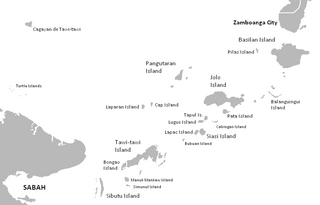
The Sulu Archipelago is a chain of islands in the Pacific Ocean, in the southwestern Philippines. The archipelago forms the northern limit of the Celebes Sea and southern limit of the Sulu Sea. The Sulu Archipelago islands are within the Mindanao island group, consisting of the provinces of Basilan, Sulu, and Tawi-Tawi; hence the archipelago is sometimes referred to as Basulta, derived from the first syllables of the three provinces.

Corregidor is an island located at the entrance of Manila Bay in the southwestern part of Luzon in the Philippines, and is considered part of the Province of Cavite. Due to this location, Corregidor has historically been fortified with coastal artillery batteries to defend the entrance of Manila Bay and Manila itself from attacks by enemy warships. Located 48 kilometres (30 mi) inland, Manila is the nation's largest city and has been the most important seaport in the Philippines for centuries, from the colonial rule of Spain, Japan, and the United States, up through the establishment of the Third Philippine Republic in 1946.
The military history of the Philippines is characterized by wars between Philippine kingdoms and its neighbors in the precolonial era and then a period of struggle against colonial powers such as Spain and the United States, occupation by the Empire of Japan during World War II and participation in Asian conflicts post-World War II such as the Korean War and the Vietnam War. The Philippines has also battled a communist insurgency and a secessionist movement by Muslims in the southern portion of the country.
The governor-general of the Philippines was the title of the government executive during the colonial period of the Philippines, governed by Mexico City and Madrid (1565–1898) and the United States (1898–1946), and briefly by Great Britain (1762–1764) and Japan (1942–1945). They were also the representative of the executive of the ruling power.

The Spanish East Indies were the overseas territories of the Spanish Empire in Asia and Oceania from 1565 to 1899, governed for the Spanish Crown from Mexico City and Madrid through the captaincy general which ruled Manila.
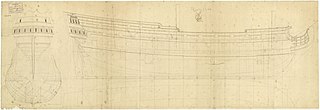
HMS Kingston was a 60-gun fourth-rate ship of the line of the Royal Navy, built by Frame in Hull and launched on 13 March 1697. She had an eventful career, taking part in numerous engagements.
The 79th Regiment of Foot was a British military unit, formed in 1757 at the beginning of the Seven Years' War. Its commander was Brigadier General William Draper.
Sir Samuel Cornish, 1st Baronet was a British naval commander who fought in the Seven Years' War and conquered Manila on 6 October 1762.
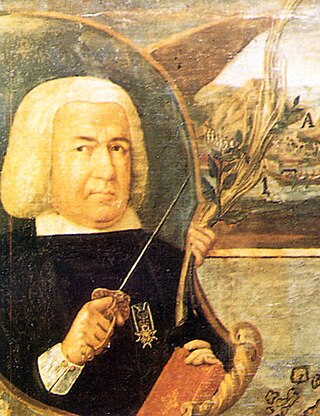
Simón de Anda y Salazar was the Spanish governor-general of the Philippines from July 1770 to 30 October 1776. He was born in the Basque Country in northern Spain.
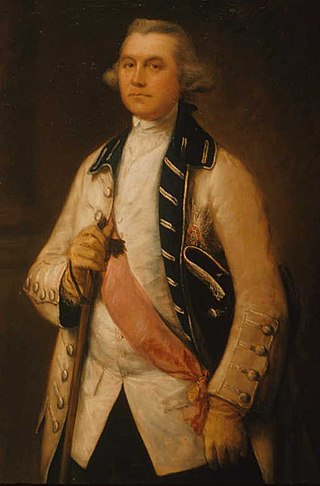
Lieutenant General Sir William Draper KB, was a British Army officer and cricketeer who led the expedition which captured Manila in 1762 and was involved in the unsuccessful defence of Menorca in 1782. He was also involved in a key 1774 meeting which agreed on an early set of cricket rules including the leg before wicket rule.
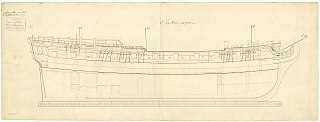
HMS Seahorse was a 24-gun sixth-rate frigate of the Royal Navy, launched in 1748. She is perhaps most famous as the ship on which a young Horatio Nelson served as a midshipman. She also participated in four battles off the coast of India between 1781 and 1783. The Royal Navy sold her in 1784 and she then became the mercantile Ravensworth. She made one voyage for the British East India Company (EIC) between 1786 and 1788. In 1789, she was sold to the French East India Company which had her refitted and renamed her Citoyen. In 1793 the French Navy purchased her and used her as a frigate. She was last listed in 1801.
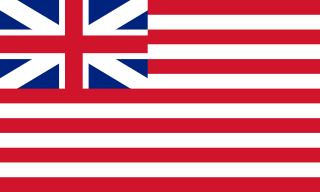
The British occupation of Manila was an episode in colonial history of the Philippines when the Kingdom of Great Britain occupied the Spanish colonial capital of Manila and the nearby port of Cavite for eighteen months, from the 6th October 1762 to the first week of April 1764. The occupation was an extension of the larger Seven Years' War between Britain and France, which Spain had recently entered on the side of the French.
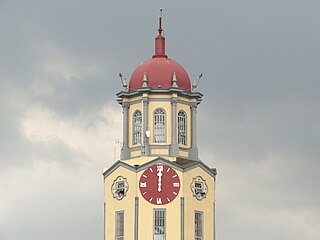
The earliest recorded history of Manila, the capital of the Philippines, dates back to the year 900 AD as recorded in the Laguna Copperplate Inscription. By the thirteenth century, the city consisted of a fortified settlement and trading quarter near the mouth of the Pasig River, the river that bisects the city into north and south.

The history of the Philippines from 1565 to 1898 is known as Spanish colonial period, during which the Philippine Islands were ruled as the Captaincy General of the Philippines within the Spanish East Indies, initially under the Viceroyalty of New Spain, based in Mexico City, until the independence of the Mexican Empire from Spain in 1821. This resulted in direct Spanish control during a period of governmental instability there. The Philippines was under direct royal governance from 1821 to 1898.

The Spanish–Moro conflict was a series of battles in the Philippines lasting over several centuries. It began during the Spanish Philippines and lasted until the Spanish–American War, when Spain finally began to subjugate the Moro people after centuries of attempts to do so. Spain ultimately conquered portions of the Mindanao and Jolo islands and turned the Sultanate of Sulu into a protectorate, establishing geographic dominance over the region until the Spanish-American War. Moro resistance continued.
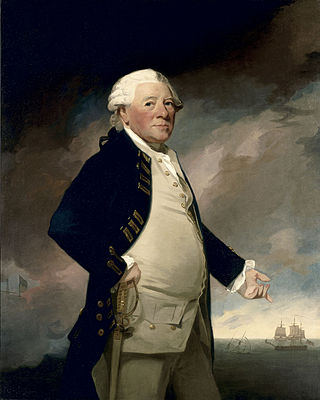
The action of 30 October 1762 was a minor naval battle that was fought in the San Bernardino Strait off the coast of British-occupied Manila in the Philippines between two Royal Navy ships and a Spanish ship; the 60 gun ship of the line HMS Panther under Captain Hyde Parker and the frigate HMS Argo under Richard King captured the heavily armed Spanish treasure galleon Santisima Trinidad.

Pondicherry was a French East Indiaman, launched in December 1754, that the Royal Navy captured in 1756, early in the Seven Years' War with France. She was then sold and her new owners, who renamed her Pitt, proceeded to charter her to the British East India Company (EIC), for three voyages. During her first voyage she engaged a French warship, and then went on to chart a new route, Pitt's Passage, through the East Indies on the way to China. The EIC found this new route of the utmost importance as it was faster than their existing route, and was navigable in all seasons. After her return from her third voyage Pitt disappears from readily available online sources.

The East Indies theatre of the French Revolutionary Wars was a series of campaigns related to the major European conflict known as the French Revolutionary Wars, fought between 1793 and 1801 between the new French Republic and its allies and a shifting alliance of rival powers. Although the Indian Ocean was separated by vast distance from the principal theatre of the conflict in Western Europe, it played a significant role due to the economic importance of the region to Great Britain, France's most constant opponent, of its colonies in India and the Far Eastern trade.

The Raid on Manila of January 1798 was a Royal Navy false flag military operation during the French Revolutionary Wars intended to scout the strength of the defences of Manila, capital of the Spanish Philippines, capture a Manila galleon and assess the condition of the Spanish Navy squadron maintained in the port. Spain had transformed from an ally of Great Britain in the War of the First Coalition into an enemy in 1796. Thus the presence of a powerful Spanish squadron at Manila posed a threat to the China Fleet, an annual convoy of East Indiaman merchant ships from Macau in Qing Dynasty China to Britain, which was of vital economic importance to Britain. So severe was this threat that a major invasion of the Spanish Philippines had been planned from British India during 1797, but had been called off following the Treaty of Campo Formio in Europe and the possibility of a major war in India between the British East India Company and the Kingdom of Mysore.

Carta Hydrographica y Chorographica de las Islas Filipinas, more commonly known as the Velarde map, is a map of the Philippines made and first published in Manila in 1734 by the Jesuit cartographer Pedro Murillo Velarde, the engraver Nicolás de la Cruz Bagay, and the artist Francisco Suárez. The World Digital Library describes it as the "first and most important scientific map of the Philippines". It is frequently referred to as the "Mother of all Philippine Maps".
















